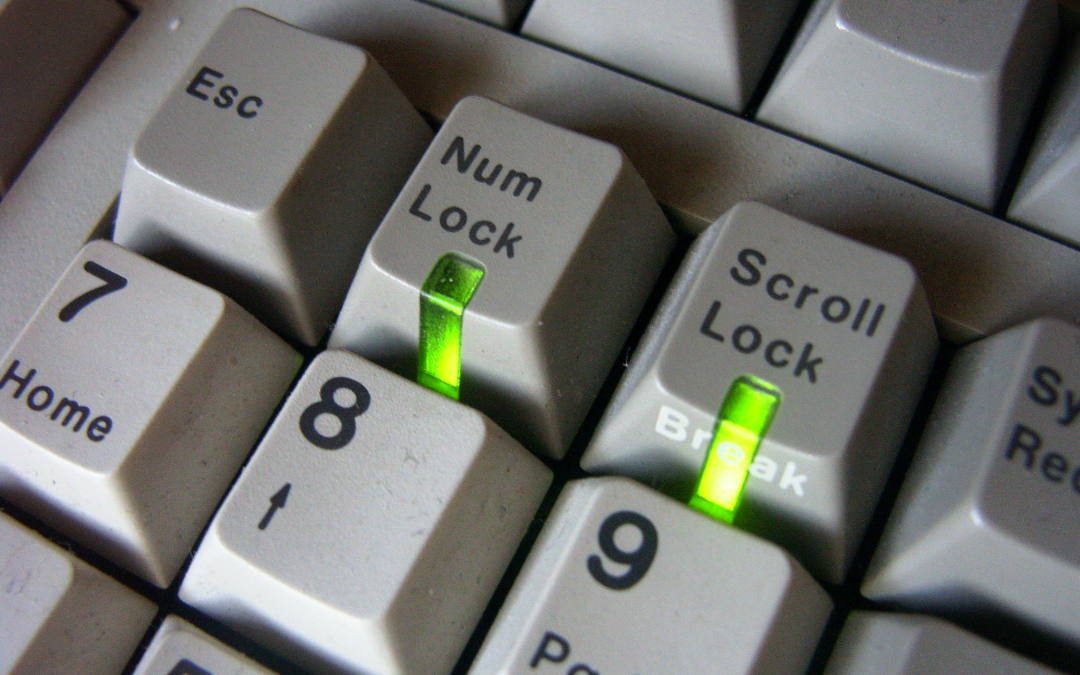What is Transcription Data Entry?
Among the many career paths in the Data Entry Industry, Transcription Data Entry ranks as one of the most rewarding opportunities of all. Transcription Data Entry in its simplest form is transcribing recordings into typed form.
For instance, if someone has written a book by vocally recording due issues with their hands, or other inability to type, they would require someone to transcribe those recordings into book form.
I must also point out that “data” is a very, very broad term. Anything, conceivably, can be considered as data, but in the field of Transcription Data Entry, the most common form of entry is from legal and medical notes, as well as a growing market for the transcription of educational data, such as classroom recordings made by the physically disabled. But before tossing your hat in the ring, there are several things you must have.
First, you need to have a computer with high-speed internet access, and very good anti-virus software. Second, you’ll need a way to play back the recordings that are needing to be transcribed. While most opt to play the recordings through their computers via a media player, as the majority of recordings are delivered in the form of an mp3 file, others choose to use a detached recorder, such as an iPod or other digital recorder, in the case that their computer does not have any speaker, they do not possess headphones, and so on.
When looking at prospective jobs at the beginning, it’s good to have in mind that each job may take between three and four hours to complete. While this does depend on the length of audio recording, as well as your typing ability, you want to leave a larger margin for error when starting out in order to prevent yourself from being overloaded.
Another, and probably most important aspect of this type of data entry is your ability to not just hear, but listen. The way to getting more work is by doing excellent work, so if you miss or leave out important details while transcribing, it could affect you negatively down the road. The best way prevent this is by first practicing your transcription skills. A good way to do this would be to record a documentary on your TV, or anything with a single person doing most of the speaking, and type out what is said. Yes, you may have to rewind a few times in order to get it right, but that’s the point! Because while you will inevitably have to rewind during the course of a professional transcription, honing your skill beforehand will make you much more efficient in the long term.
So remember, they key items involved are having a good computer with very good internet speed, good typing skills, and a great ability to listen. If you’ve got all three, you’ll be right on track for a very successful, profitably career in Transcription Data Entry.


Recent Comments